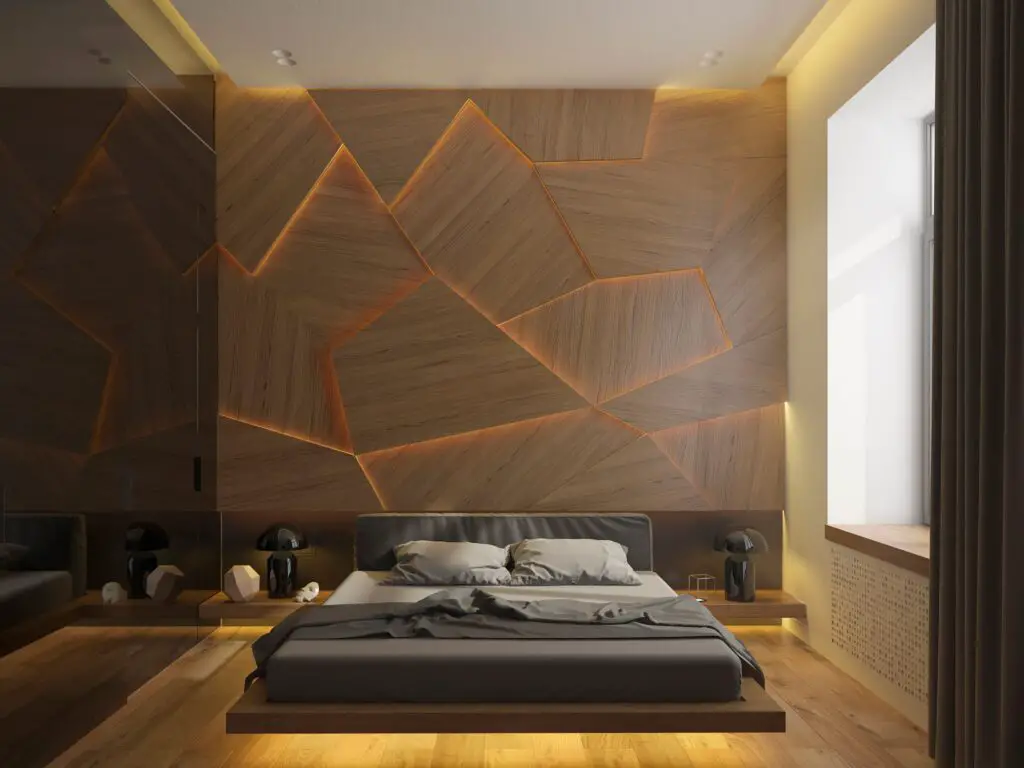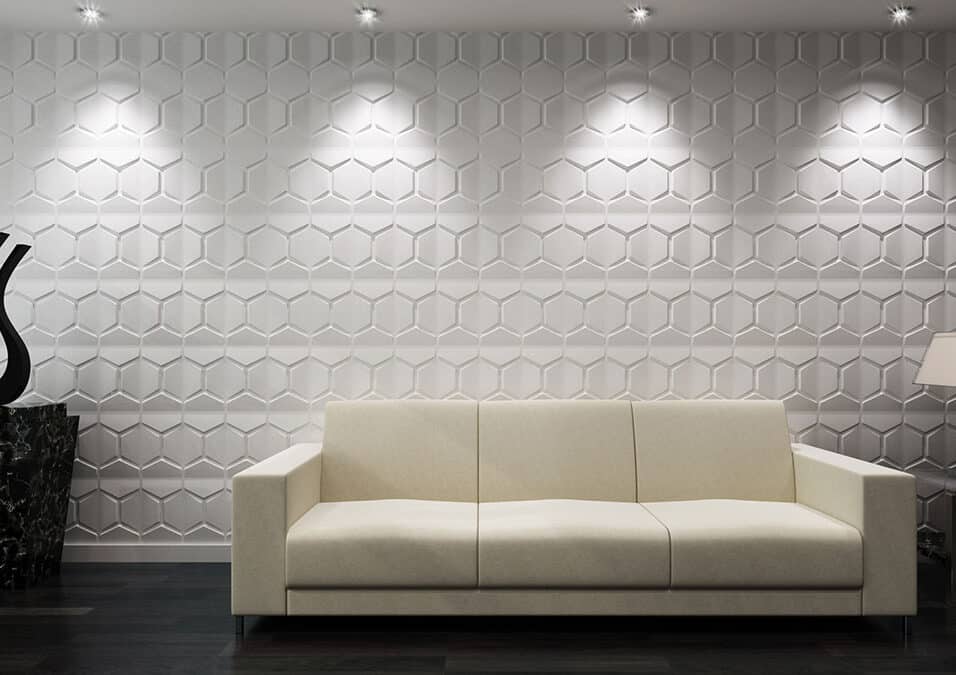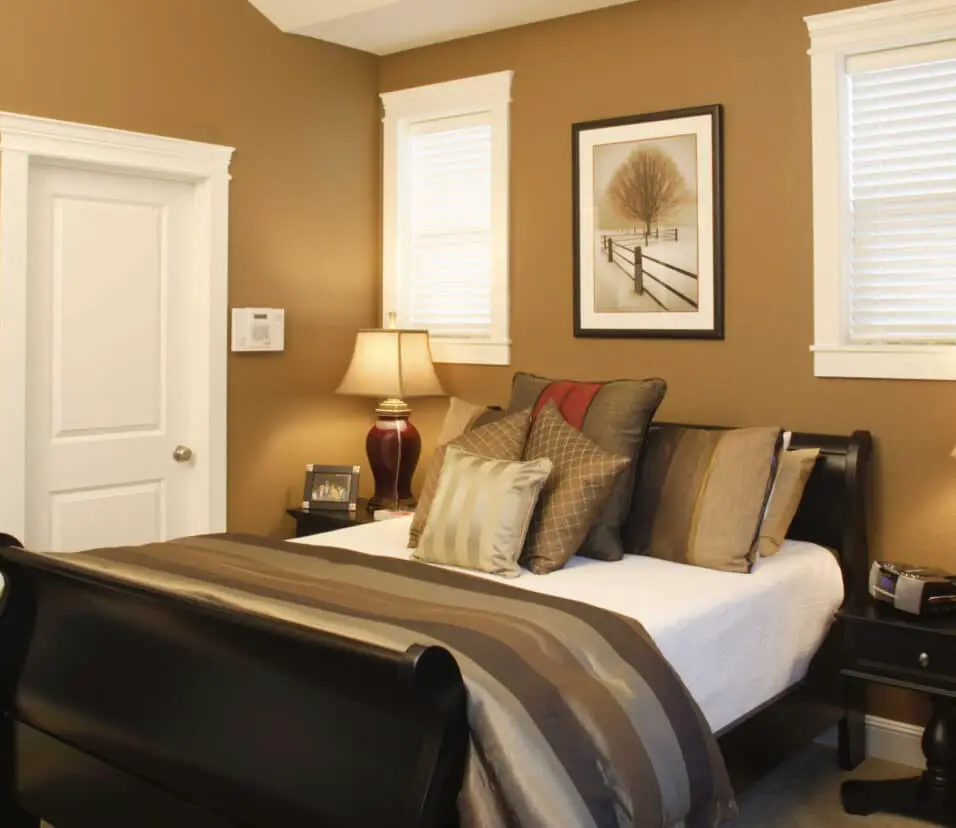Is Fire Blocking Required On Interior Walls
Introduction
Is Fire Blocking Required On Interior Walls: Buildings often require fire blocking for safety. It prevents fires and smoke by installing materials or structures in walls, floors, and ceilings. Although fire blocking is usually linked with outside walls, it may also be important for inside walls. This article aims to explore the question: is fire blocking required on interior walls?
Why Fire Blocking Is Important: Fire blocking is a very important part of keeping fires under control and saving both people inside a building and the building itself. Fire blocking can greatly slow the spread of a fire by putting up blocks that stop flames and smoke from moving. This gives people more time to get out of the building and lowers the risk of injuries or deaths. Fire blocking can also help keep property from being destroyed and reduce the amount of money that is lost in fires.
Traditionally, fire blocking has been primarily implemented in exterior walls, where the risk of fire spreading from one building to another is higher. However, with the increasing focus on fire safety in recent years, there has been a growing concern about the need for fire blocking in interior walls as well. While interior walls may not be directly exposed to external fires, they can still contribute to the rapid spread of fire within a building, especially in multi-story structures.

Do interior walls need blocking?
However, under construction, it is common to have interior load bearing walls that are supporting construction loads from above but don’t yet have their gypsum wall board finishes installed. In these conditions, wood blocking may be necessary for taller walls.
Interior walls do not necessarily need blocking, but it can be beneficial in certain situations. While it is not always required, blocking can be useful for specific purposes.
One common reason for installing blocking is to provide support for heavy fixtures or attachments, such as wall-mounted televisions, shelves, or cabinets. These items can put a significant amount of weight on the wall, and without proper support, the wall may not be able to bear the load. Blocking can help distribute the weight more evenly and prevent the wall from sagging or collapsing.
Blocking for Soundproofing and Structural Reinforcement
Another reason to consider blocking is for soundproofing purposes. If you want to minimize sound transmission between rooms, adding extra layers of insulation or soundproofing materials may not be enough. Blocking can help create a more solid barrier between the rooms, reducing the transfer of sound waves through the wall.
In some cases, blocking may also be necessary for structural reasons.
However, it is important to note that not all interior walls require blocking. Non-load-bearing walls that do not need to support heavy fixtures or attachments may not require additional support. It is always best to consult with a professional contractor or engineer to determine if blocking is necessary for your specific project.
Are fire blocks on interior walls?
c) Walls – Fire blocks are required at each floor level and other locations within a wall so that the distance between fire blocks does not exceed 3m (9′-10”) vertically.
Fire blocks are an essential component of building construction, particularly in relation to fire safety. In general, fire blocks are installed in the void spaces between studs or joists within walls, floors, and ceilings.
What height walls require fire blocking?
Fireblocking is required at ceiling and floor levels, and between the top story and the roof space (provided by the wall plates in platform framing). 2. Walls furred off the foundation require fireblocking every 10 ft.
Fire blocking is a crucial safety measure in building that stops smoke and fire from moving through walls that can’t be seen. Building walls or materials that don’t catch fire are part of this process. They keep flames, heat, and gases from moving. There are a lot of factors that affect how high fire-resistant walls need to be. These include building rules, the type of occupancy, and the building materials used.
Fire Blocking Requirements: Height and Building Codes
There must be fire stopping in every wall that is more than a certain height. It’s important to remember that the people who live in the building may also change the fire safety needs. For example, buildings that have a lot of people or dangerous things inside may have stricter rules about how to stop a fire. What kind of building materials are used can also change how much fire blocks are needed.
What is the purpose of a fire block in a wall?
A fire block in a wall is an important part of making sure that a building is safe and sound. It can be either horizontal or vertical. Fire blocks are usually made of things that can’t catch fire, like concrete, brickwork, or fire-resistant insulation.
The Role of Fire Blocks in Heat Containment and Compartmentalization
In addition to containing fire, smoke, and toxic gases, fire blocks also play a role in preventing the spread of heat. By creating a barrier between different areas of a building, they help to reduce the transfer of heat from one area to another. This can help to prevent the rapid spread of fire and minimize damage to the building.
Fire blocks are usually put up in certain places inside a wall assembly, like at the top and bottom of walls, around openings like doors and windows, and where pipes and electrical lines go through the wall. These barriers are meant to keep fire and smoke from getting into these weak spots.
Where is fireblocking or draftstopping not required?
If there is no useable space above the assembly (an attic) or below it (a crawlspace), draftstopping isn’t required. 2. If the assembly isn’t concealed (an open floor/ceiling assembly above a basement), draftstopping isn’t required.
Fireblocking and draftstopping are important measures taken to prevent the spread of fire and smoke within a building. These measures are typically required by building codes and regulations to ensure the safety of occupants and minimize property damage. However, there are certain situations where fireblocking or draftstopping may not be required.
One place this can happen is in detached single-family houses. Since these homes are not linked to any other buildings, there is a much lower chance that fire and smoke will spread to nearby buildings. Because of this, fireblocking and draftstopping may not be necessary in these types of homes. Even so, these steps should still be taken as an extra safety measure to make things safer in case of a fire.
If you are building with things that don’t catch fire, you might not need fireblocking or draftstopping either. These things, like steel or concrete, don’t catch fire easily and can stop smoke and fire from spreading. If these things happen, you might not need to do anything else to put out a fire or a storm. But it’s important to check the building codes and laws in your area to make sure you follow the rules.
Exemptions for Small Openings and Penetrations
Also, small holes or gaps in floors or walls might not need to be fireproofed or draught-proofed. Lastly, parts of a building that aren’t being used or lived in might not need to be fireproofed or insulated against leaks. Depending on what they are used for, these places, like engine rooms or storage areas, may have different fire safety rules. But it is very important to check the local building codes and rules to see what the exact rules are for these places.
Fire blocking on inner walls stops fires from spreading inside a building, which is a very important job. It keeps flames, smoke, and dangerous gases from moving from one place to another by acting as a wall.
Are there any specific building codes or regulations that require fire blocking on interior walls?
These codes typically specify the types of buildings and areas where fire blocking is required, as well as the materials and installation methods that should be used. They also outline the minimum fire resistance rating that the fire blocking materials should meet. Compliance with these codes is essential to ensure the safety of occupants and to meet the legal requirements for building construction and occupancy.
Are there any specific building codes or regulations that require fire blocking on interior walls?
Yes, fire blocking is required on inner walls by certain building codes and rules. Fire blocking is an important part of building fire safety and is required by many building codes and rules. The purpose of these rules and laws is to keep people safe and stop fires from spreading inside a building.
One such code is the International Building Code (IBC), which is widely adopted in many countries. The IBC requires fire blocking on interior walls to prevent the vertical spread of fire and smoke. It specifies the minimum requirements for fire blocking materials, their installation methods, and their locations within a building.
What materials are commonly used for fire blocking on interior walls?
Several types of materials are often used to stop fires on the inside of walls. Fire-resistant foam, which expands to fill gaps and block fire and smoke, is one of the most common choices. Most of the time, this foam is sprayed as a liquid, and it hardens to form a seal. Caulk that doesn’t catch fire is another common material that is used to fill in cracks and holes in walls, floors, and ceilings. Materials that don’t catch fire, like mineral wool or fiberglass, can also be used to stop fires.
Fire blocking is also often done with gypsum board or drywall that is resistant to fire. There are special ingredients in this kind of drywall that make it more fire and heat proof. It can be put up in places where fire stopping is needed to add another layer of defense against the spread of fire. Fire-resistant putty pads, firestop blankets, and intumescent strips are some other things that can be used to block a fire.
How does fire blocking on interior walls contribute to overall fire safety in a building?
Fire blocking on interior walls plays a crucial role in enhancing overall fire safety in a building. This containment allows occupants to evacuate safely and provides additional time for firefighters to control and extinguish the fire.
Are there any exceptions or exemptions to the requirement of fire blocking on interior walls?
On the inside walls of a building, there are some situations where fire protection is not needed. The reasons for these exceptions are usually the building codes and rules that are in place in that area. An example of an exemption is a building that is used for living purposes. Some types of single-family homes and some types of multi-family homes may not need fire blocking.
Another exemption may apply to buildings that are not required to have fire-resistance-rated walls. Additionally, there may be exceptions for certain types of non-load-bearing walls or walls that do not separate different fire areas.

Conclusion
In addition to compartmentalization, fire blocking also helps to maintain the structural integrity of the building. During a fire, the intense heat can weaken the structural components of a building, including the walls. By incorporating fire blocking measures, the spread of fire is limited, reducing the exposure of the walls to extreme temperatures. This helps to prevent the collapse of the building and allows for a safer environment for both occupants and firefighters.
Furthermore, fire blocking is often required by building codes and regulations. These codes are put in place to ensure that buildings meet certain safety standards and to protect the lives of occupants. Failure to comply with these codes can result in legal consequences and may also void insurance coverage. Therefore, it is essential for builders, contractors, and homeowners to be aware of the fire blocking requirements in their jurisdiction and to ensure that proper measures are taken during construction or renovation projects.
Fire blocking is a necessary and vital component of interior wall construction. It plays a crucial role in preventing the spread of fire, maintaining structural integrity, and complying with building codes. By prioritizing fire blocking measures, we can enhance the safety of buildings and protect the lives of occupants in the event of a fire.








